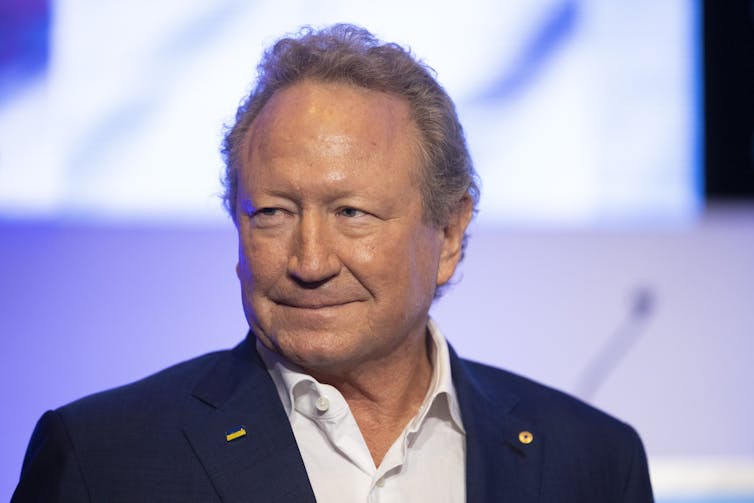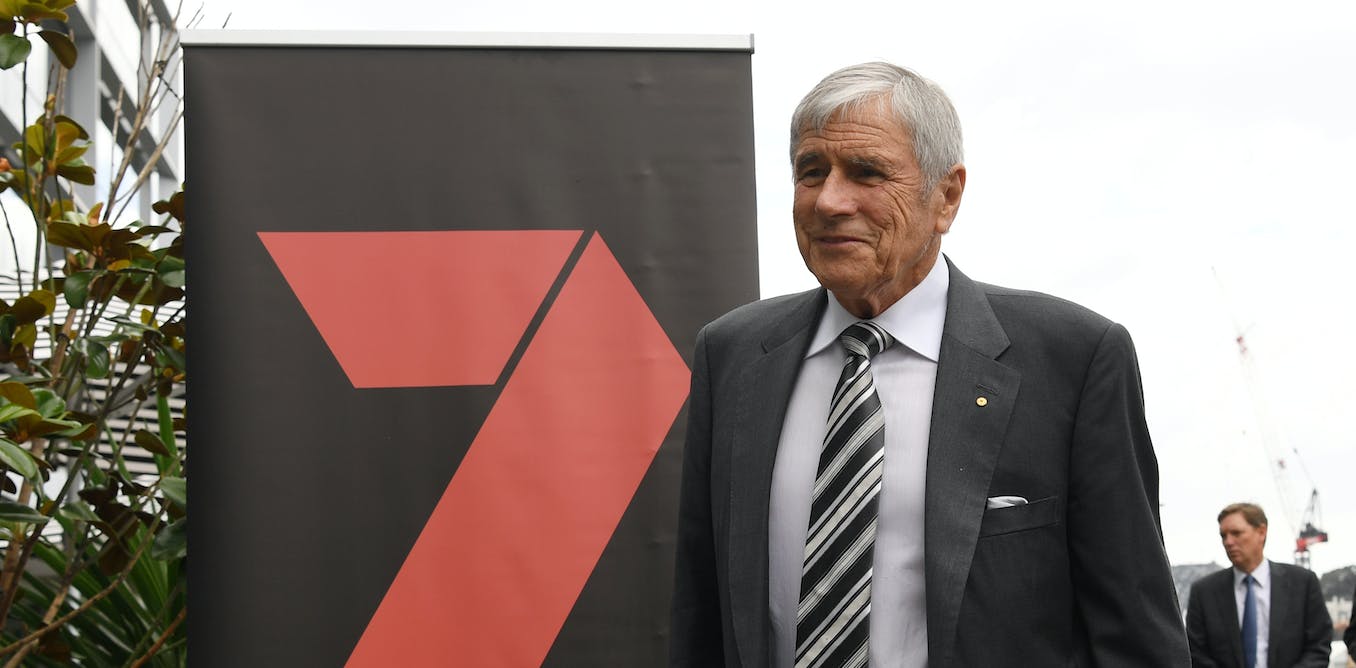The recent stoush between mining magnate Andrew “Twiggy” Forrest and media mogul Kerry Stokes is just the latest flashing neon sign above the parlous state of media diversity in Australia.
Laws protecting media diversity in Australia have been gradually dismantled in recent decades. Because of this, their objective of preventing a select few media owners or voices from having too much influence over public opinion and the political agenda has been placed at risk.
But traditional approaches to protecting media diversity may be less effective as the role of online news – now curated for us using algorithms – becomes ever more prominent in our news diets. This could require a new approach.
Misuse of media power?
Stokes’ Seven West Media owns the West Australian Newspaper, the only major daily paper in Perth. Stokes also has a controlling interest in the mining equipment company WesTrac, which supplies Caterpillar mining machinery.
Forrest’s Fortescue Metals previously had a supply arrangement with WesTrac. But he then placed on order to purchase 120 emission-free, hauling trucks from the German Liebherr company, putting him in direct competition with WesTrac.
Forrest claims this move was met with “biased, inflammatory and inaccurate” coverage about his company in Seven West Media.

Matt Jelonek/AAP
In a complaint to Communications Minister Michelle Rowland, Mark Hutchinson, the chief executive of Fortescue Future Industries, described what he calls “the misuse of the West Australian newspaper to pursue commercial interests”. He added, according to the ABC:
The West’s coverage has gone far beyond fair scrutiny and is clearly driven by fossil fuel interests with the aim of damaging Fortescue’s green energy mission.
‘System not fit-for-purpose’
Hutchinson says the issues points to a wider problem: the lack of media diversity in Perth, which has only one major daily newspaper for a city of two million.
That Seven West Media is one of only three major commercial corporations owning the bulk of Australian media – alongside News Corp and Nine Entertainment – is a sad indictment of the state of our media ownership laws.
With such a highly concentrated media ownership, the partisanship of big news brands has become the norm. The Senate inquiry into media diversity has investigated a litany of problems associated with this, deeming Australian media regulation a “system not fit-for-purpose”.
For example, Australia’s relationship with China, its largest trading partner, is typically cast in hyperbolic “war drums” language by the Murdoch media. And during the pandemic, News Corp’s online tabloids were especially keen to link COVID with China. China scholar David Brophy documented in his book, China Panic, how Sky News seized on a “dodgy-dossier” linking COVID to a laboratory in the city of Wuhan.
More recently, News Corp is it again, this time airing an hour-long special advocating for a doubling of Australia’s military spending so the country can be protected against the imminent and “inevitable” Chinese invasion.
In its final report, the media diversity inquiry commented,
It is noteworthy that the overwhelming majority of the evidence to this inquiry relates to one dominant media organisation, News Corp.
News Corp’s job cuts cast a shadow over the future of its newspapers
How Europe is leading the way
To counter unaccountable media power and a lack of transparency in media ownership, the European Commission has recently proposed a new regulatory framework: the European Media Freedom Act (EMFA).
Introducing the new framework, EU commissioner Thierry Breton said it contains
[…]common safeguards at EU level to guarantee a plurality of voices and that our media are able to operate without any interference, be it private or public.
He said a new European watchdog would be set up to ensure transparency in media ownership. Another key feature will require EU member states to test the impact of media market concentrations on media pluralism and editorial independence.
At a recent EU parliament hearing, a media freedom expert, Elda Brogi, explained how the new measures benefit the public as well as regulators:
[…] it helps media users to understand how ownership may influence the [news] content.
A better method for measuring media diversity
The Australian government and its principal media regulator, the Australian Communications and Media Authority (ACMA), have recently released a discussion paper seeking comment on developing a sophisticated new way to monitor media diversity in Australia.
This is the second phase of a process begun in 2020. The goal is to assess how Australians actually consume online news, including personalised news delivered to them through social media, search engines and news aggregators.
The current media diversity rules are based on an assessment of the ownership and control of media outlets. However, as ACMA says, this misses the volume of news being published and consumed online. This omission is “notable”, the group says, given 81% of Australians access news content online.
This news measurement model will be able to track the level of connection of stories (news connected to localities), the extent of originality (unique news stories), and the level of civic journalism (news of public significance).
This kind of internationally informed and evidenced-based approach is urgently needed to truly gauge the level of media concentration in Australia and determine its impact on public interest journalism and the news people read. Only then can we put in place new regulations that will have a real impact.
Forget calls for a royal commission into Australia’s big media players – this is the inquiry we really need




